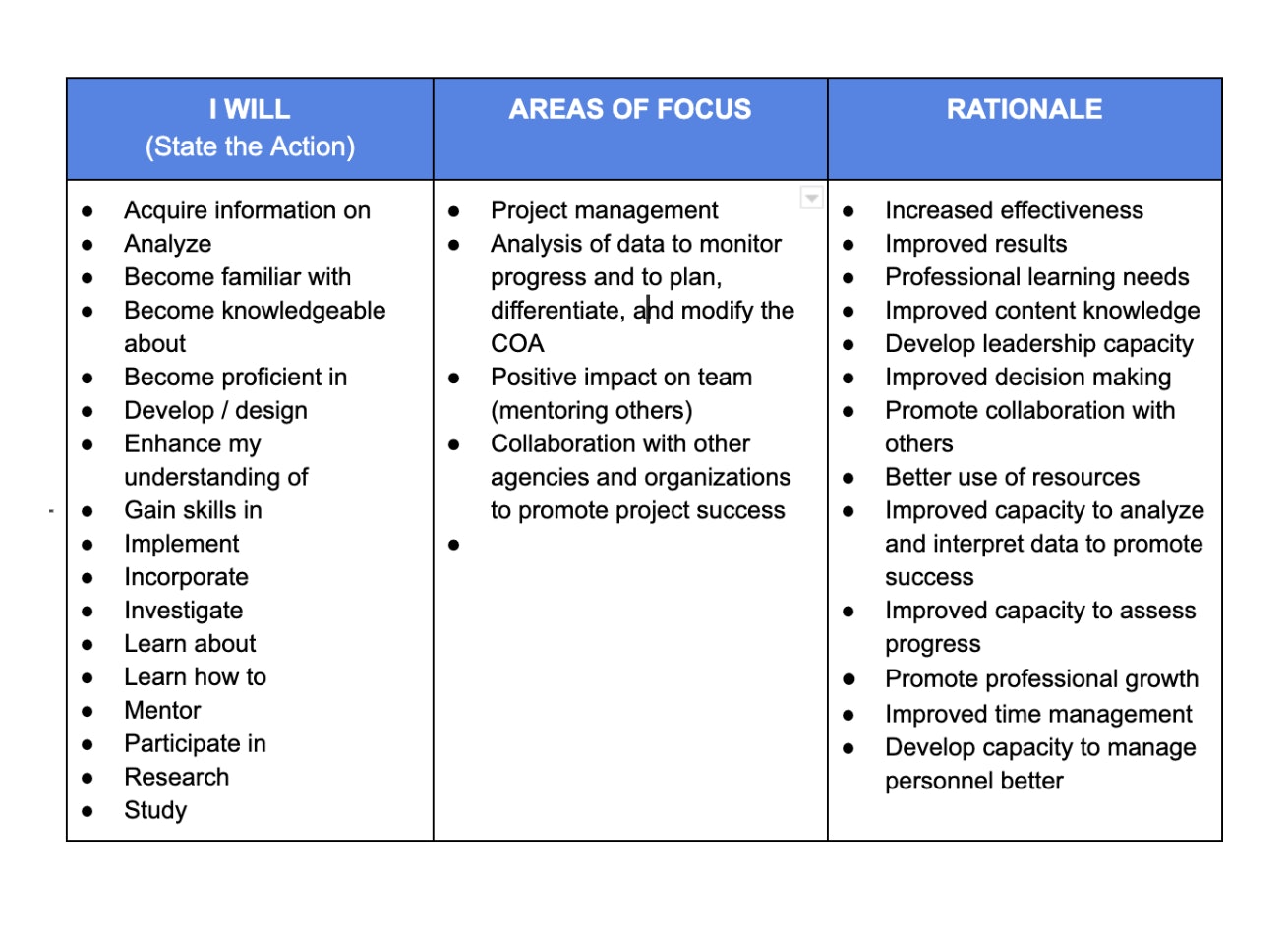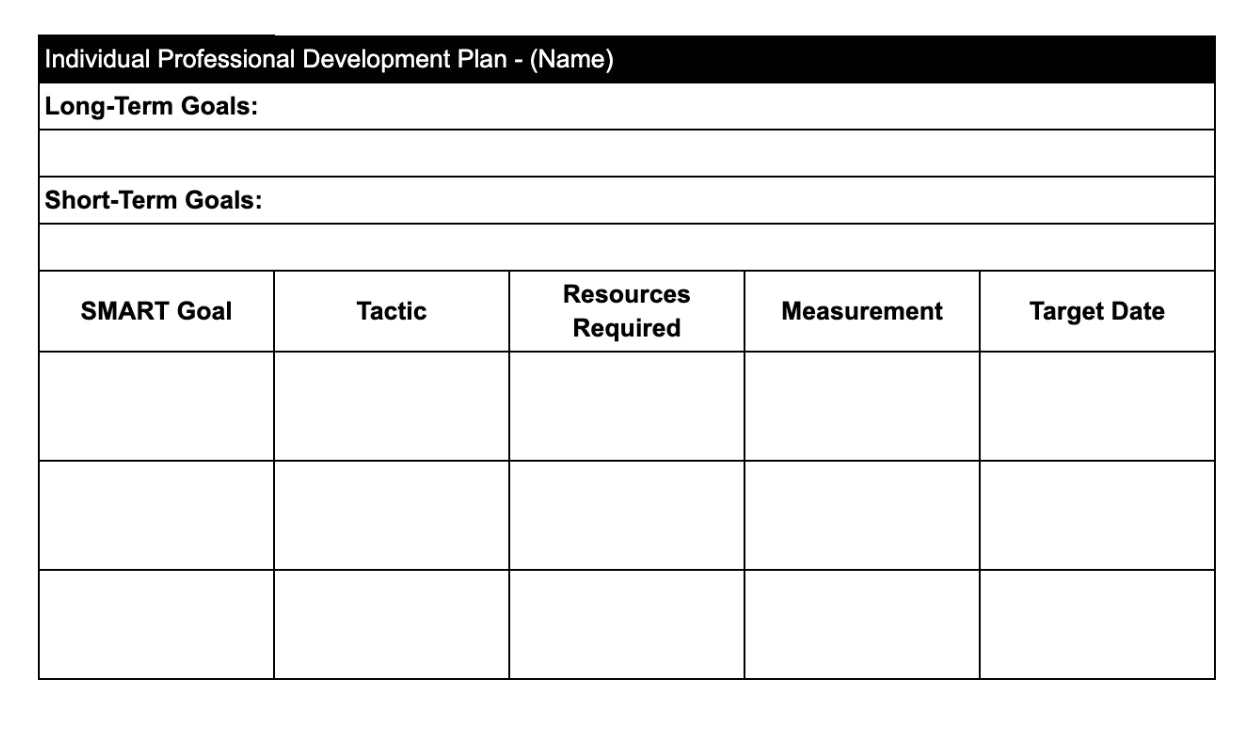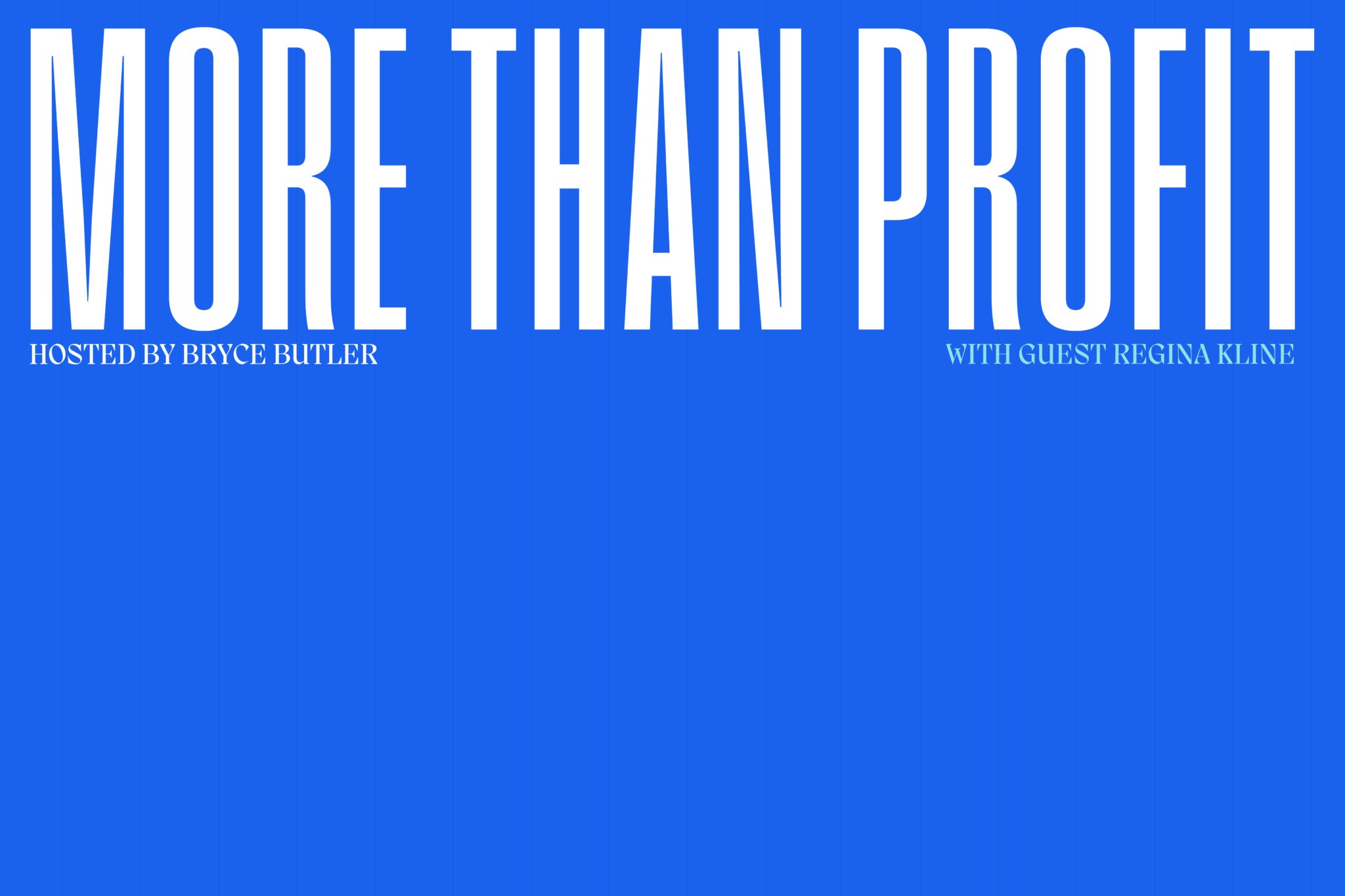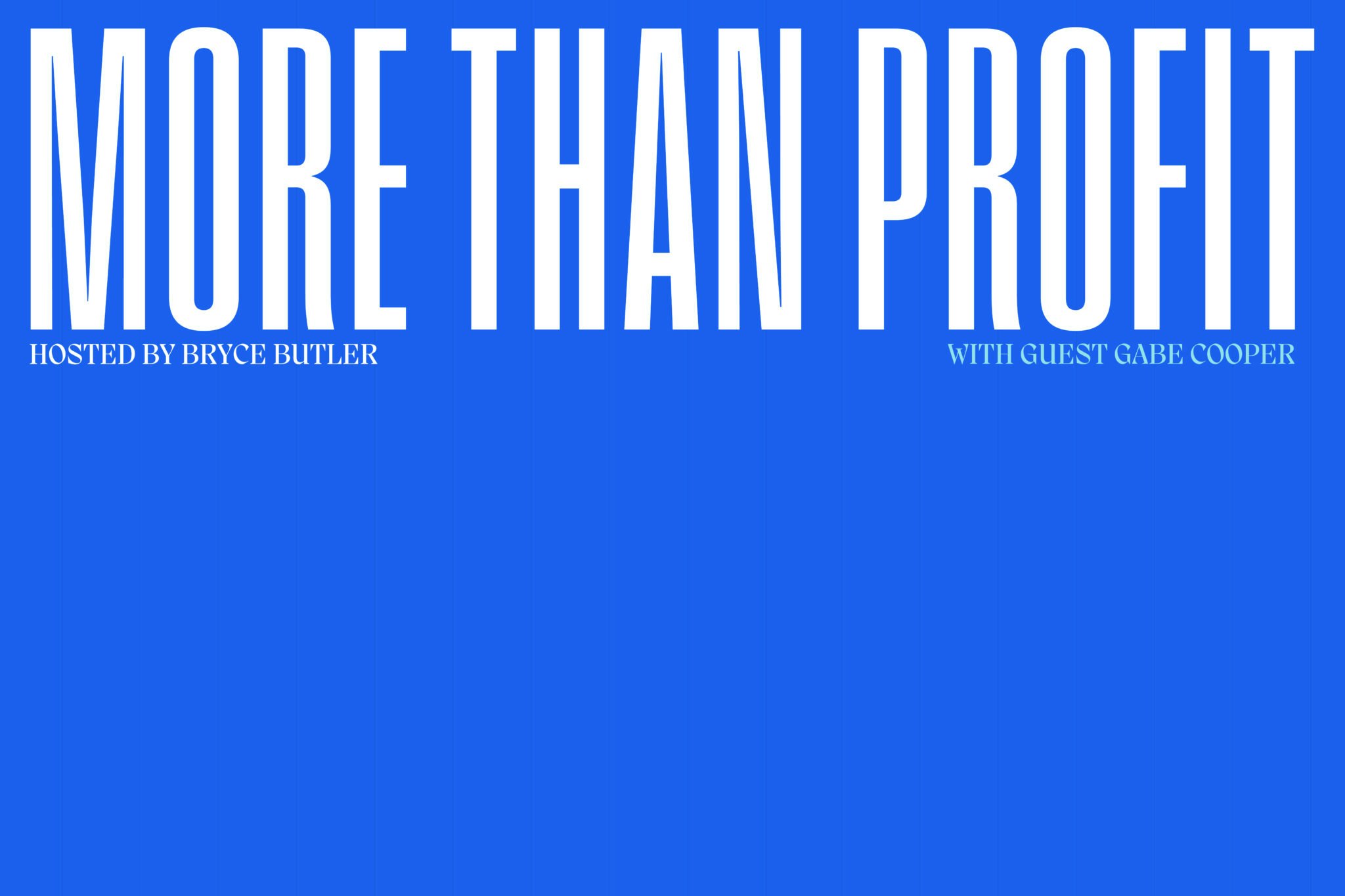How to Write a Powerful Professional Development Plan (PDP)
A previous post dove into the world of Core Competencies and the value to any organization defining these aspects of what matters to them. Then, my last post dealt with the importance of a personal development plan and the homework that is important to really even get started. This week, I wanted to now explore the practical aspects of now constructing a personal (professional) development plan (PDP) in order to establish both your career development goals and a strategy for meeting them. Many current references to a PDP will define it simply as a professional development plan (and it is…) but referencing it as a personal development plan and beginning first with those elements of discovery, will make this a more empowering process and lead to better results for the individual and the organization as a whole.
A PDP serves as a useful roadmap that outlines strengths, areas of need, and available resources. The best workplaces want to know what you desire to grow in and where you want to be as you mature in the workforce and it will only make this process more powerful if you start by assessing that aspect of your life and goals. (If you have not reviewed my previous post, now is a great time to check that out before continuing.)
In many instances, a PDP may be put together with the assistance of a supervisor. It’s important to remember that a development plan should not be treated as an administrative task that’s filed away and forgotten after completion. The PDP should be used to hold yourself accountable for your own career trajectory.
Step 1: Where are you now? Information Gathering is KEY
Any PDP has to begin with a thorough assessment of your current career situation. Think about not only your current position and responsibilities but also what you have done recently to further your professional development. Are you where you thought you would be at this stage of your career? If you are just starting out, how do you feel about your current capability and position? There are no right or wrong answers at this stage, only honest ones.
Feedback from recent assessments is a good starting point, and can often be used as the basis for an initial draft. Write down your thoughts and keep them close for easy reference throughout the rest of the process.
Your Enneagram, Life Principles, and Life Map are also helpful resources in determining a PDP. Because we bring our whole selves to work, it is important to reflect on these aspects of ourselves as we assess our goals for the future.
Your current role crafted within your job description is also a place to reflect and assess. Does it need updating? Are you accomplishing the things specifically outlined for you? This too may lead to some good discussions around focus and priorities with your supervisor.
Review the core competencies also related to your current position and assess areas you may need to sharpen or go back to. Are you fulfilling the competencies within the organization already outlined for you? Have you demonstrated on-going “mastery/skill” in these areas?
Step 2: Where do you want to go?
After establishing your current professional status, it’s time to identify where you want to be in the future. This is the time to think about how you define “success.” Remember that the purpose is to identify your motivations, not someone else’s expectations. This step may take time to complete, but it should be as thorough as possible.
You can identify both short and long-term ambitions; this is the time to think big. Since these ambitions may change over time, you should revisit this step periodically and revise your plan if necessary.
Step 3: Research Future Growth
Once you’ve assessed your current status and identified the path you want your career to take, it’s time to conduct research to gather information about how to get there. If you’re planning to advance to another position within an organization, this is a good time to find out what qualifications might be necessary for that position. Or if you want to pursue a career in a different field, find out what education, certifications or experience is required to make that transition.
Perhaps you would like to retire comfortably at a certain age; how much money will you need to be able to do so? This is the time for filling in the details about your future ambitions. Some of the information you gather at this stage may lead you to refine the objectives outlined in Step 2.
Review the pathway for you within the organization and begin to shape it with resources, experiences, courses, etc you think will help you get to where you want to go. Review the competencies related to different levels within the organization and begin conversations around what you see as a path for the future; what you need from the organization; and how best they can support your efforts in getting there. Any PDP starts with your desires but it is also a conversation that ultimately results in a clear and actionable plan. The PDP is not a six-month target, but a robust and long-term plan where you are able to see a multi-year path toward growth and learning in order for the organization to allocate the right resources to ensure success.

Step 4: Set Goals
After gathering information about what you want to accomplish, you can get to work establishing clear, actionable goals to help you make it happen. This could be a multi-step process, identifying several intermediary steps between where you are now and where you want to be in the future. When setting these goals, you should make sure that all of them are SMART (Specific, Measurable, Achievable, Realistic, Timely) goals. This will make it possible to track your progress toward them over time. When you look at your goals, it should be very clear what your next steps should be at every stage of the journey.
Step 5: What skills and experience do you have?
Now that you’ve gathered information and established a clear set of goals to follow, you need to take stock of the skills and talents you already possess. Do you have any of the skills you will need to accomplish your goals?
You may find that many skills you already possess are transferable, or can perhaps be utilized in a different way. Think about different ways your existing experiences can inform future opportunities. You may have more resources at your disposal than you realize.
Step 6: What skills and experience do you need?
After you’ve made an honest assessment of your current skills, you need to identify the remaining gaps. If you need additional skills to achieve your goals, how do you get them? Are they something you can only gain through experience or do you need additional education? In some cases, you may need to take on new tasks, such as managing a turnaround, leading a cross-functional team, or working overseas. Once you’ve identified your existing gaps, you can begin making plans to fill them.
Step 7: Identify possible resources
Just as you may possess a number of the skills and talents you already need, you may also have several resources at your disposal that can help you achieve your goals. If you need further skills training, for instance, you may be able to get it through virtual classes or micro-learning resources.
Perhaps you have a relationship with a mentor or coach who can guide you through the process. This is the time to identify any possible resources and think about how you can leverage them to your advantage.
Step 8: Develop an action plan and timeline
With your goals and your needed skills in mind, it’s time to formulate a clear plan of action that details the steps you will take and when you will take them. Here you can align any additional training or education you need with your SMART goals, mapping out how you will bridge the gaps between where you are now and where you want to be in the future. This is a good place to identify obstacles, fears, or concerns you’ll need to address along the way.
You should commit your detailed action plan to writing so you can reference it regularly. The plan should include a timeline as well, so you’ll be able to track your progress toward your goals.
Step 9: Execute your plan
With your action plan and timeline in hand, you should begin working toward your goals immediately. There’s no need to wait; focus on the first item in your plan and take proactive steps every day to reach it. Every moment you put off beginning your journey at this point is time wasted. At the same time, you also need to keep the responsibilities of your current position in mind. Allowing your performance to suffer in the present will not help your aspirations for future positions.

Step 10: Assess your progress and revise accordingly
Keep a regular journal or record of progress you’ve made every day toward your goals: this can help you stay motivated along the way. Since you can’t predict the future, you may have to revise or adjust your goals occasionally. Perhaps a new opportunity presents itself or you suffer an unexpected setback. This isn’t necessarily a reason to discard your action plan, but you may need to adjust your goals or timeline slightly. Working closely with a mentor or trusted advisor and getting regular feedback on your behavior and skills from colleagues, your boss and direct reports will help you to assess your current situation and determine when you need to reset expectations or strategies.
With a well-developed PDP in hand, you can start working toward your long-term career goals. Formulating this plan can be a productive exercise regardless of where you find yourself in your professional life. By establishing clear targets and breaking them into manageable steps, you can take affirmative control of your future.



